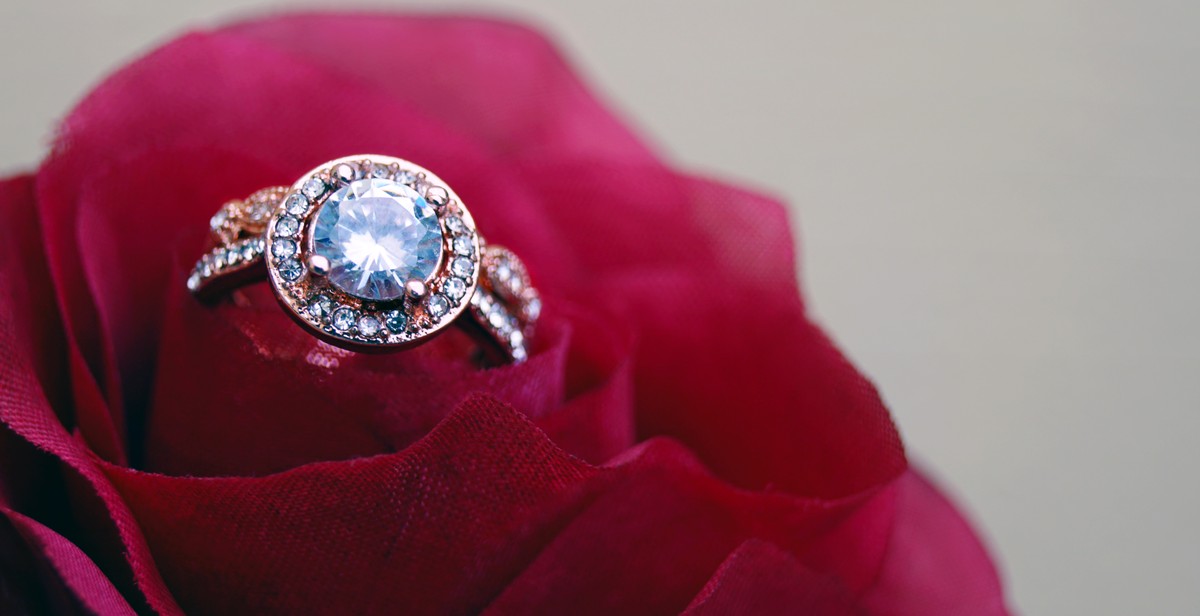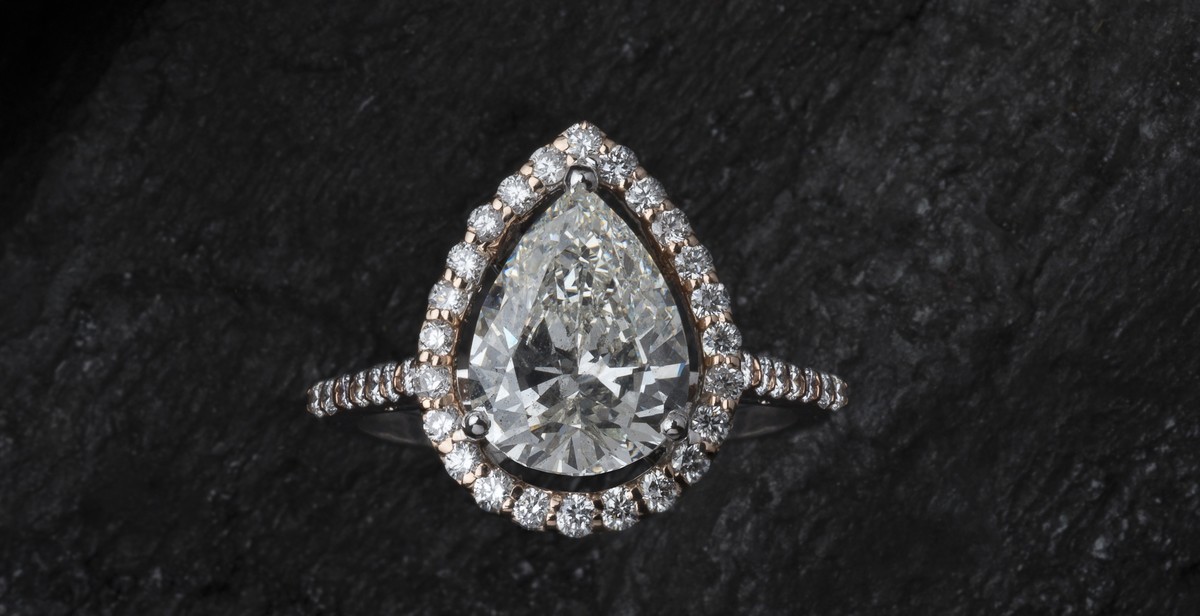The Intricacies of Diamond Grading: Understanding the 4Cs and Beyond
Diamonds are one of the most precious and sought-after gemstones in the world. They are used in jewelry, as an investment, and even as a symbol of love and commitment. However, not all diamonds are created equal, and understanding the intricacies of diamond grading is essential for anyone looking to purchase or sell diamonds.
The 4Cs of Diamond Grading
The 4Cs of diamond grading are the universally accepted standard for evaluating the quality of diamonds. These 4Cs are:
- Carat Weight: The weight of the diamond, measured in carats.
- Color: The color grade of the diamond, ranging from D (colorless) to Z (light yellow or brown).
- Clarity: The clarity grade of the diamond, ranging from flawless to included.
- Cut: The cut grade of the diamond, which determines its brilliance, fire, and overall appearance.
Beyond the 4Cs
While the 4Cs are essential for diamond grading, there are other factors to consider as well. These include the diamond’s fluorescence, symmetry, and polish, as well as its overall shape and proportions.
Understanding these intricacies of diamond grading is crucial for anyone looking to buy or sell diamonds. With this knowledge, you can make informed decisions and ensure that you get the best value for your money.

What are the 4Cs?
Diamond grading is a complex process that involves evaluating the quality of a diamond based on several factors. The four primary factors that diamond experts use to determine a diamond’s quality are known as the 4Cs. These 4Cs are:
- Cut: This refers to the proportions, symmetry, and polish of a diamond. Cut is the most critical factor in determining a diamond’s overall beauty as it determines how well the diamond reflects and refracts light.
- Color: The color of a diamond is graded on a scale from D (colorless) to Z (light yellow). The less color a diamond has, the more valuable it is.
- Clarity: Clarity refers to the presence or absence of blemishes and inclusions in a diamond. The fewer blemishes and inclusions a diamond has, the more valuable it is.
- Carat Weight: This refers to the weight of a diamond and is measured in carats. The larger the diamond, the more valuable it is.
While the 4Cs are the primary factors used to determine a diamond’s quality, there are also other factors that can affect a diamond’s value. These include fluorescence, symmetry, and polish, among others.
Cut
The cut of a diamond is the most crucial factor in determining its beauty. A well-cut diamond will have a balanced proportion, excellent symmetry, and a smooth finish. A poorly cut diamond, on the other hand, will have a dull appearance and will not reflect light as well as a well-cut diamond.
The GIA (Gemological Institute of America) grades the cut of a diamond on a scale from Excellent to Poor. Other grading labs may use different terminology, but the basic idea is the same. A diamond with an Excellent cut will have the most brilliance, fire, and scintillation, while a diamond with a Poor cut will have little to no sparkle.
Color
The color of a diamond is graded on a scale from D to Z, with D being colorless and Z having a light yellow hue. Diamonds that are more colorless are more valuable because they allow more light to pass through them, creating more sparkle and fire.
Diamonds can also come in other colors, such as pink, blue, and green. These fancy color diamonds are rare and can be quite valuable, depending on the intensity of their color.
Clarity
The clarity of a diamond refers to the presence or absence of blemishes and inclusions. Blemishes are external flaws, such as scratches or chips, while inclusions are internal flaws, such as bubbles or cracks.
The GIA grades the clarity of a diamond on a scale from Flawless to Included. A Flawless diamond has no blemishes or inclusions visible to the naked eye, while an Included diamond has visible flaws.
Carat Weight
The carat weight of a diamond is the weight of the diamond, measured in carats. One carat is equal to 0.2 grams. The larger the diamond, the more valuable it is, all other factors being equal.
It’s important to note that while carat weight is an essential factor in determining a diamond’s value, it’s not the only factor. A smaller diamond with excellent cut, color, and clarity can be more valuable than a larger diamond with poor cut, color, and clarity.
| Factor | Grading Scale |
|---|---|
| Cut | Excellent, Very Good, Good, Fair, Poor |
| Color | D (colorless) to Z (light yellow) |
| Clarity | Flawless, Internally Flawless, VVS1, VVS2, VS1, VS2, SI1, SI2, I1, I2, I3 |
| Carat Weight | Measured in carats |

Beyond the 4Cs
While the 4Cs are the most important factors to consider when buying a diamond, there are other characteristics that can affect the overall quality and value of the stone. Here are some additional factors to keep in mind:
Fluorescence
Fluorescence is the degree to which a diamond emits a colored glow when exposed to UV light. While some people prefer diamonds with no fluorescence, others find it adds an interesting dimension to the stone’s appearance. However, too much fluorescence can cause the diamond to appear hazy or milky.
Symmetry
The symmetry of a diamond refers to how well the facets and angles are aligned. A diamond with excellent symmetry will reflect light in a more uniform way, creating a dazzling sparkle. Poor symmetry can cause light to leak out of the diamond, making it appear dull.
Polish
The polish of a diamond refers to the smoothness and overall quality of the diamond’s surface. A diamond with excellent polish will have no scratches or blemishes on the surface, allowing light to pass through unobstructed. Poor polish can cause the diamond to appear cloudy or dull.
Table
The table of a diamond is the flat surface on the top of the stone. It plays a crucial role in how much light is reflected back to the viewer. A diamond with a larger table will appear larger, but may sacrifice some sparkle. A smaller table will create more sparkle, but may make the diamond appear smaller.
Depth and Percentage
The depth and percentage of a diamond refer to how deep the diamond is compared to its width. A diamond with a good depth and percentage will reflect light back to the viewer, creating a dazzling sparkle. However, a diamond that is too shallow or too deep can cause light to leak out of the bottom or sides, making it appear dull.
When considering the 4Cs and beyond, it’s important to find the right balance between all of these factors to ensure you get the best quality and value for your money.

The Diamond Grading Process
The diamond grading process is a comprehensive evaluation of a diamond’s characteristics and quality, which includes the four Cs: carat weight, color, clarity, and cut. The process is carried out by diamond grading laboratories, which use advanced equipment and trained professionals to determine a diamond’s grade and produce a diamond grading report.
Diamond Grading Laboratories
Diamond grading laboratories are independent organizations that specialize in diamond grading and certification. They use advanced equipment and trained professionals to evaluate a diamond’s characteristics and produce a comprehensive diamond grading report.
The most well-known diamond grading laboratories are the Gemological Institute of America (GIA), the American Gem Society (AGS), and the International Gemological Institute (IGI). These organizations have strict grading standards and are recognized globally for their accuracy and consistency in diamond grading.
Diamond Grading Reports
A diamond grading report is a document that provides a detailed analysis of a diamond’s characteristics and quality. The report includes information on the diamond’s carat weight, color, clarity, and cut, as well as other important factors such as fluorescence and symmetry.
The diamond grading report also includes a plot diagram, which shows the location and size of any inclusions or blemishes within the diamond. This information can help buyers make informed decisions about the diamond’s value and desirability.
When purchasing a diamond, it is important to ensure that it comes with a diamond grading report from a reputable diamond grading laboratory. This document provides assurance that the diamond has been evaluated by trained professionals and meets the industry’s strict grading standards.
| Step | Description |
|---|---|
| 1 | Diamond is evaluated for carat weight, color, clarity, and cut |
| 2 | Diamond is analyzed using advanced equipment and trained professionals |
| 3 | Diamond grading report is produced, including detailed analysis of diamond’s characteristics and quality |
In summary, the diamond grading process is a comprehensive evaluation of a diamond’s characteristics and quality, which includes the four Cs: carat weight, color, clarity, and cut. The process is carried out by diamond grading laboratories, which use advanced equipment and trained professionals to determine a diamond’s grade and produce a diamond grading report.

Conclusion
Diamond grading is a complex process that requires a keen eye for detail and extensive knowledge of the industry. Understanding the 4Cs is just the beginning of a long journey towards becoming a diamond expert.
As we have seen, each of the 4Cs plays a crucial role in determining the value of a diamond. However, there are other factors to consider when grading a diamond, such as fluorescence, symmetry, and polish.
It is important to note that diamond grading is not an exact science, and different grading laboratories may assign different grades to the same diamond. Therefore, it is crucial to choose a reputable and reliable grading laboratory when purchasing a diamond.
Ultimately, the value of a diamond is subjective and depends on various factors, including personal preferences and market demand. However, by understanding the 4Cs and beyond, you can make an informed decision when buying a diamond and ensure that you are getting the best value for your money.
Key Takeaways
- The 4Cs of diamond grading are cut, color, clarity, and carat weight.
- Each of the 4Cs plays a crucial role in determining the value of a diamond.
- Diamond grading is not an exact science, and different grading laboratories may assign different grades to the same diamond.
- Other factors to consider when grading a diamond include fluorescence, symmetry, and polish.
- Choosing a reputable and reliable grading laboratory is crucial when purchasing a diamond.
| 4Cs | Importance |
|---|---|
| Cut | Most important factor in determining a diamond’s beauty and brilliance |
| Color | Colorless diamonds are the most valuable, but some people prefer diamonds with a hint of color |
| Clarity | The fewer the inclusions and blemishes, the more valuable the diamond |
| Carat Weight | The weight of the diamond affects its value, but it is not the only factor to consider |

